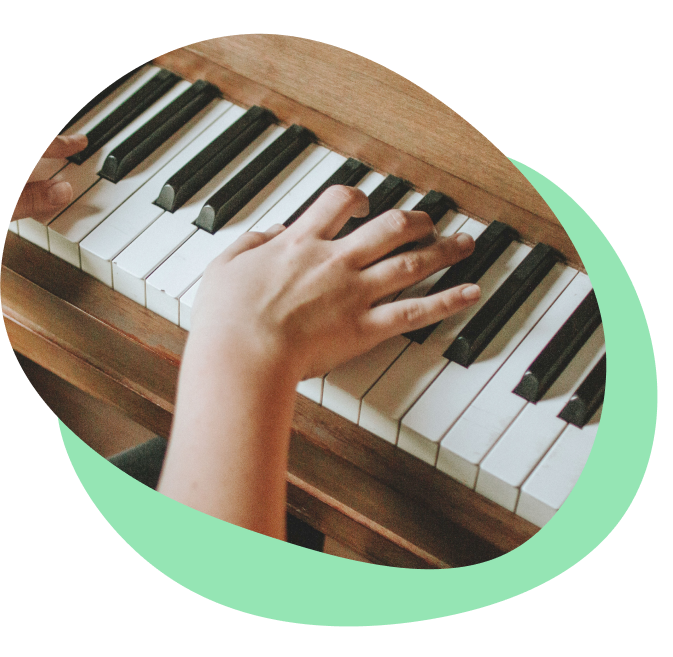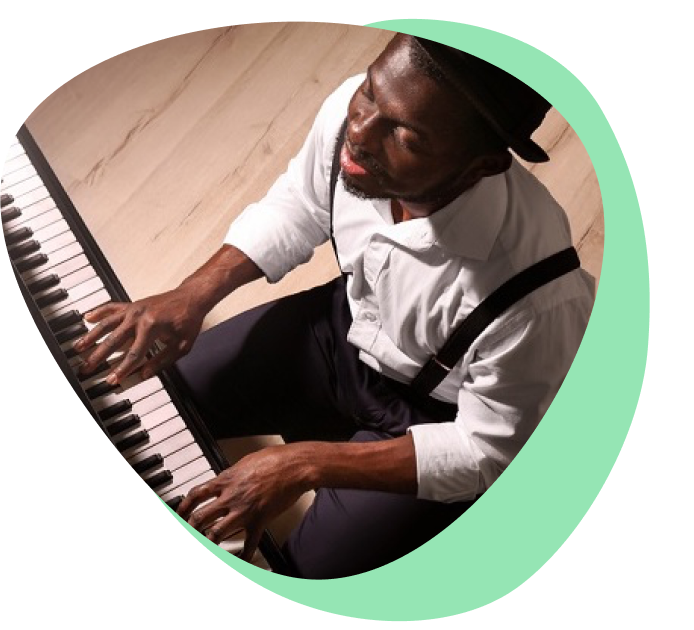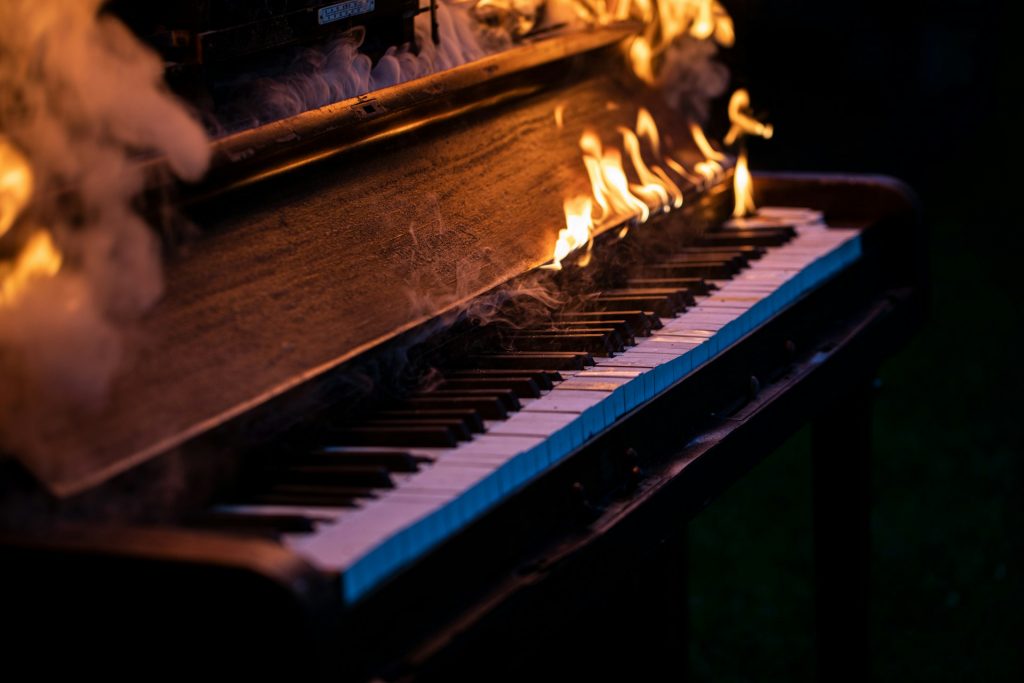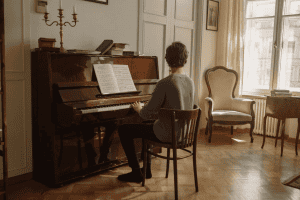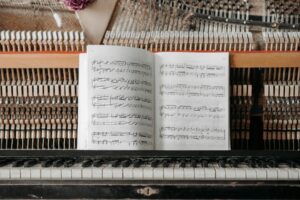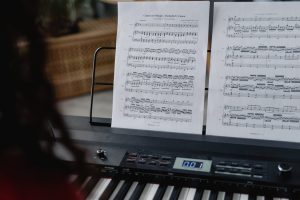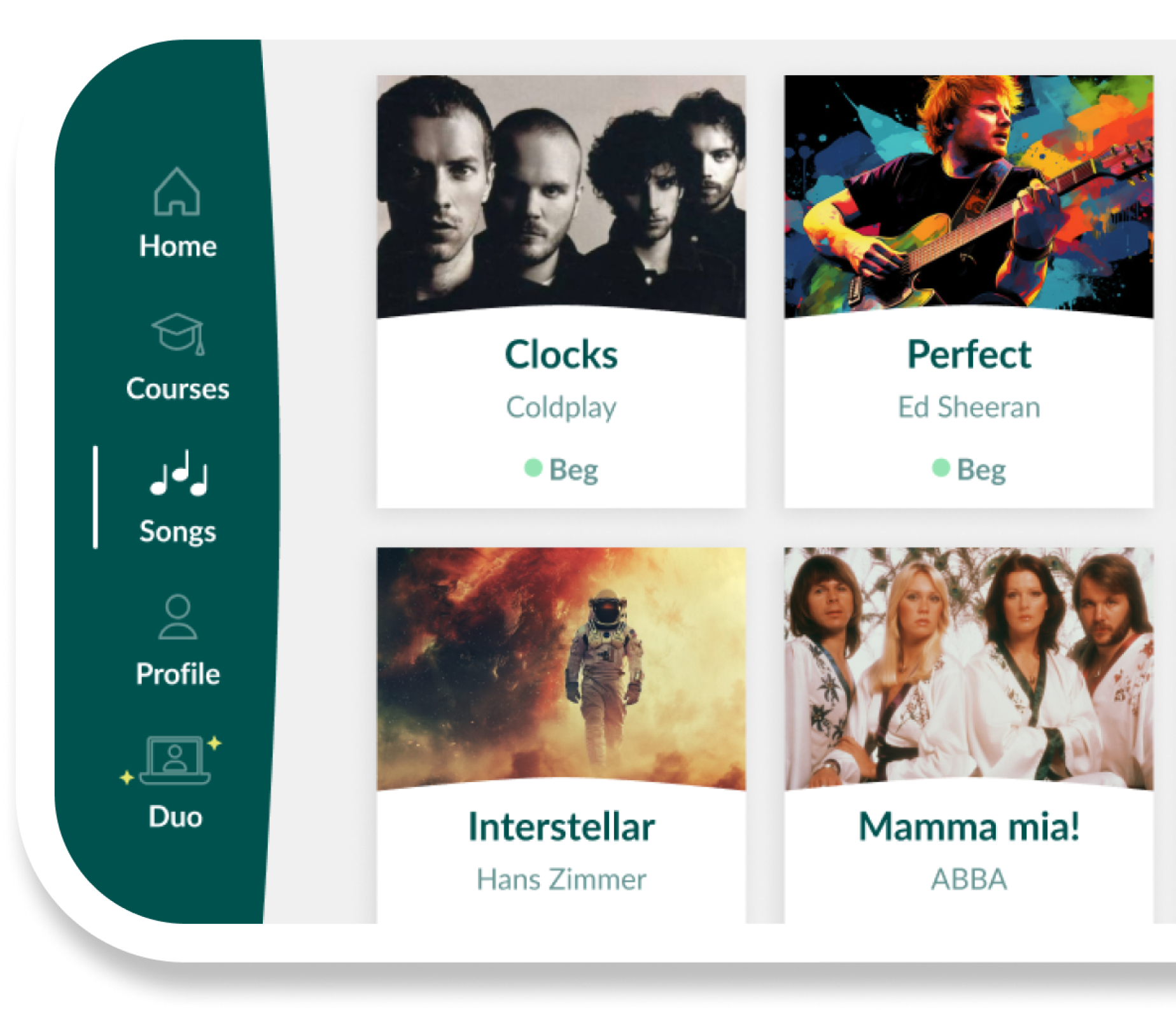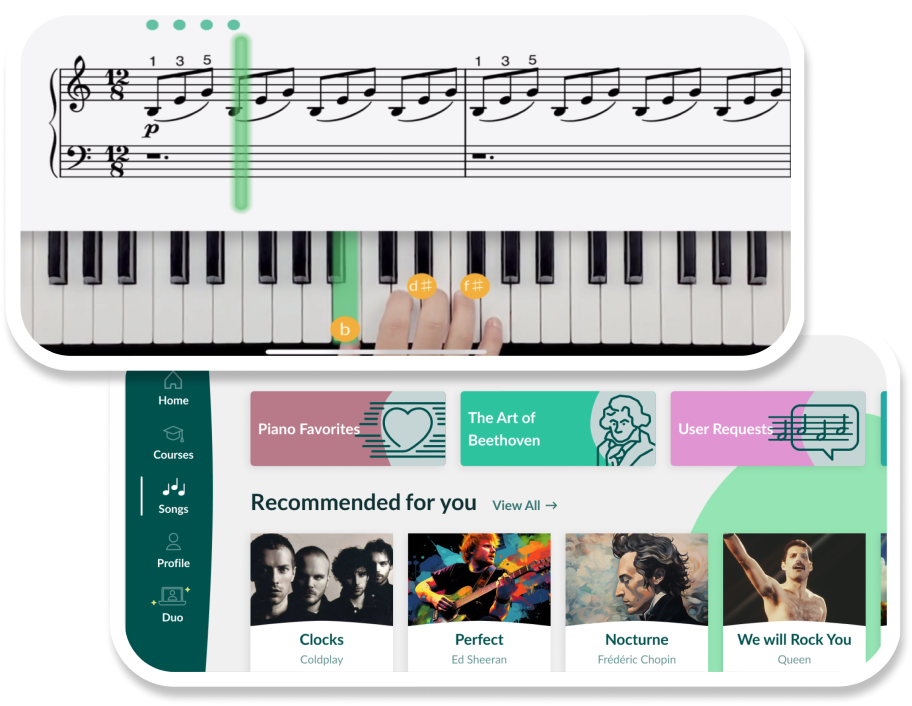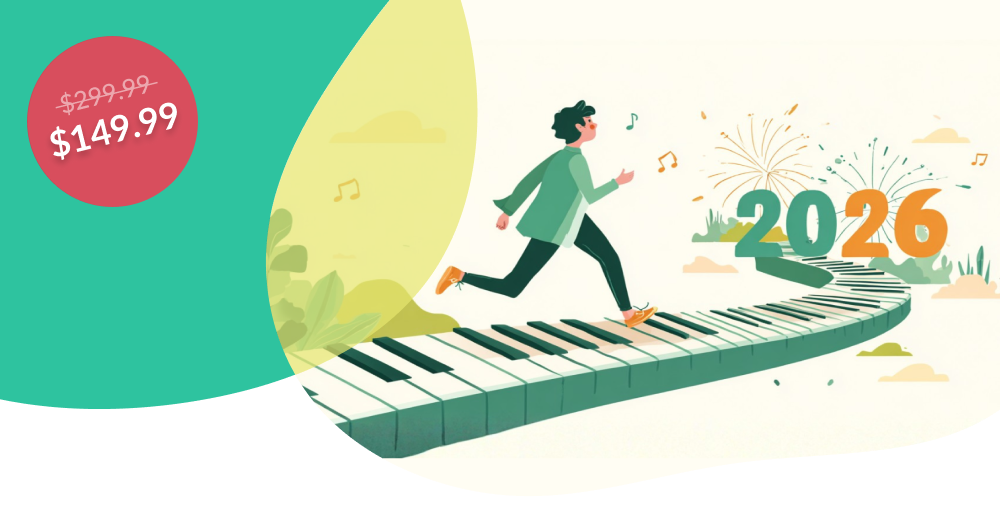What’s the hardest piano song ever written? Ask ten pianists and you’ll probably get ten different answers, and each one might be right. Some pieces challenge even the most advanced players, with complex rhythms, wide hand spans, and incredible speed.
What feels “hard” often depends on your own experience and style. A piece that seems impossible today might become achievable with patience and steady practice.
In this article, we’ll explore ten of the most demanding piano pieces ever composed, each one offering a chance to discover what makes piano playing both challenging and deeply rewarding. At Skoove, our goal is to guide you step by step so that even the most complex music starts to feel within reach.
- Fall in love with the music - Learn your favorite songs, at a level suitable for you.
- Enjoy interactive piano lessons - Explore courses covering music theory, technique chords & more.
- Get real-time feedback - Skoove's feedback tells you what went well and what needs practice.
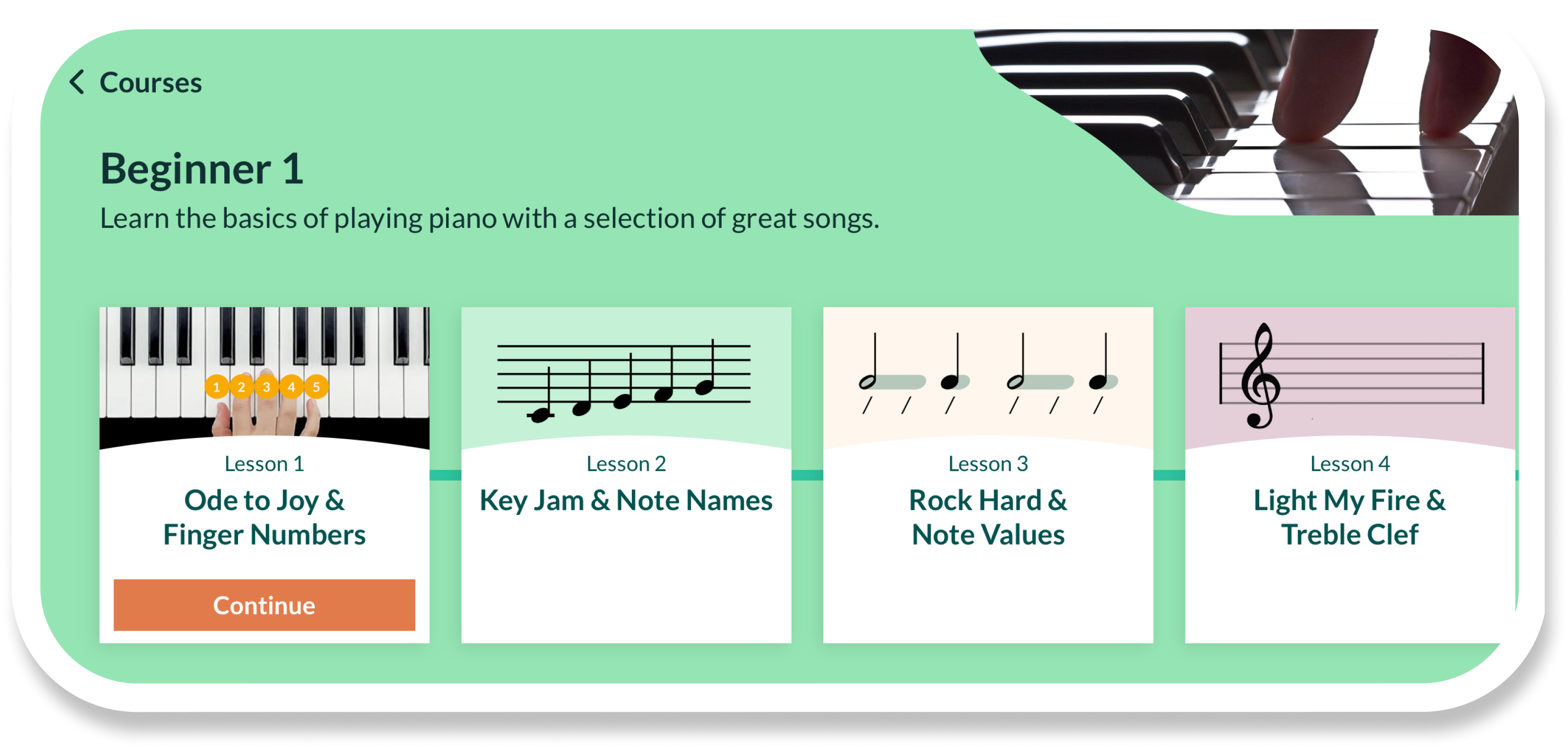
10 hardest songs to play on piano
1. Liszt – “La Campanella” (Paganini Etude No. 3)
Hear distant bells swirl in a feverish dream, a magician conjures sparks with every leap across the keys.
Style: classical
Why it’s hard: It’s like playing tag across the keys, super-fast notes, big jumps, and crazy finger moves. “La Campanella” means “little bell,” but don’t let its name fool you; it takes speed, control, and stamina.
2. Queen – “Bohemian Rhapsody”
A tragic opera unfolds, voices clashing and harmonizing, as a life swings between confession and chaos.
Style: rock, opera, classical
Why it’s hard: This epic track is actually a mashup of several sounds gentle, wild, and everything in between. To play it well, you’ll need to switch styles fast, tackle sudden key changes, and keep up dramatic energy.
Learn how to play ‘Bohemian Rhapsody’ by Queen. Start a 7 day trial today – no card details required!
3. Billy Joel – “Prelude/Angry Young Man”
It’s the tale of restless energy, a young rebel pounding out his frustrations on the keys, chasing freedom.
Style: rock, classical
Why it’s hard: Think lighting-fast rhythms, sharp dynamic changes, and pure attitude. Your hands are in near-constant motion and every section brings a surprise.
4. Chopin –“Nocturne in E Flat Major“
A moonlit confession, where heartbreak and hope dance quietly beneath a velvet night.
Style: classical, romantic
Why it’s hard: Soft and dreamy on the surface, but wow, keeping the melody flowing while adding little flourishes is no small feat. It’s a lesson in playing beautifully, not just fast.
Learn how to play ‘Nocturne in E Flat Major’ on piano. Start a 7 day trial today – no card details required!
5. Rachmaninoff – “Piano Concerto No. 3 in D minor”
An epic journey, filled with sweeping romance and stormy battles, where the pianist faces giants.
Style: classical, romantic
Why it’s hard: One word: marathon. Big leaps, lightning runs, and emotional storytelling all in one. It’s a piece that pushes every pianist to their limits, and then some.
6. Alicia Keys – “Fallin’”
A love story in motion, the dizzying rise and fall of longing, regret, and surrender.
Style: r&b, soul
Why it’s hard: Powerful chords, subtle groove, and letting your heart lead. The real challenge? Making your playing as expressive as the original vocals.
Learn how to play ‘Fallin” by Alicia Keys. Start a 7 day trial today – no card details required!
7. Ravel – “Gaspard de la Nuit”
Spirits, goblins, and haunted waters, three eerie tales spin from darkness as shadows flicker and vanish.
Style: classical, impressionist
Why it’s hard: Especially the “Scarbo” movement full of wild piano scales, sudden loud-soft shifts, and hair-raising speed. Many pros call it the trickiest piece ever written for piano.
8. Chopin – Etudes: Op. 10 No. 4 (“Torrent”) and Op. 25 No. 6 (“Thirds”)
A river in furious flood and a shimmering maze, each etude a compact story of danger, grace, and pursuit.
Style: classical, romantic
Why they’re hard:
- Op. 10 No. 4: A cascade of notes that flies from your fingers, accuracy and evenness are everything.
- Op. 25 No. 6: Get ready for lots of “thirds” (playing two notes close together fast), talk about a finger workout!
9. Scriabin – “Sonata No. 5, Op. 53 “
A mind in flame, rushing headlong into the unknown, a single-movement vision of madness and brilliance.
Style: classical, mystic
Why it’s hard: Scriabin was known for dreamy, intense music. This famous piano sonata has wild harmonies, tricky rhythms, and moments that feel downright supernatural.
10. John Legend – “All of Me”
A love letter, honest and vulnerable, inviting listeners into the heart’s most intimate corner.
Style: pop, soul
Why it’s hard: It seems gentle, but to play it with real feeling takes sensitive touch, control, and perfect timing. Making simple lines sound beautiful can be just as tough as flashy passages.
Learn how to play ‘All of Me’ by John Legend. Start a 7 day trial today – no card details required!
Why challenge yourself with the hardest piano songs?
Learning difficult pieces can be one of the most rewarding parts of your piano journey. These works push your technique, strengthen your focus, and help you grow as a musician. Here’s why:
- Boost your skills: Playing complex music pushes your fingers, brain, and musicality. You’ll learn new piano techniques and improve your coordination.
- Discover your potential: You might surprise yourself with what you can achieve!
- Deepen your appreciation: Understanding the difficulty makes enjoying these masterpieces even more special.
Which song will you try first?
Every “hardest piano piece” is a mountain to climb. But with patience, curiosity, and a little courage, you can get closer to the top each day you play. Which of these pieces would you love to learn? Share your pick or check out Skoove’s interactive lessons, a friendly start to making even the toughest songs your own.
Author of this blog post:
Susana Pérez Posada

With over seven years in piano education and a deep passion for music therapy, Susana brings a unique blend of expertise to Skoove. A graduate in Music Therapy from SRH Hochschule Heidelberg and an experienced classical pianist from Universidad EAFIT, she infuses her teaching with a holistic approach that transcends traditional piano lessons. In her writings for Skoove, Susana combines her rich musical knowledge with engaging storytelling, enriching the learning experience for pianists of all levels. Away from the piano, she loves exploring new places and immersing herself in a good book, believing these diverse experiences enhance her creative teaching style.
Published by Lydia Ogn from the Skoove team




